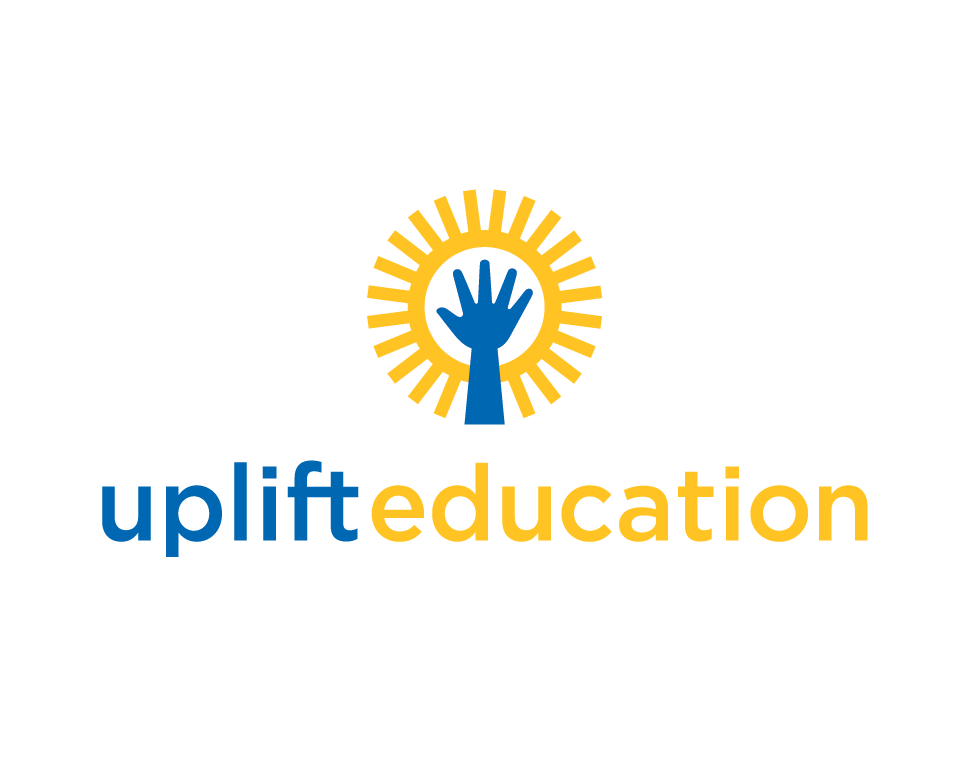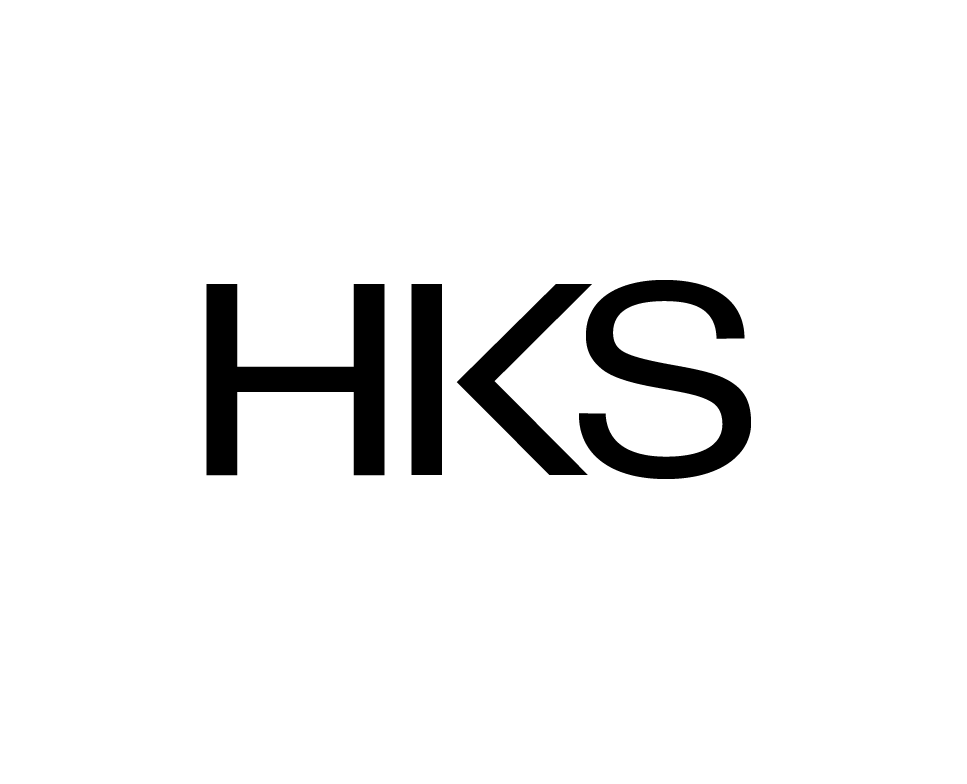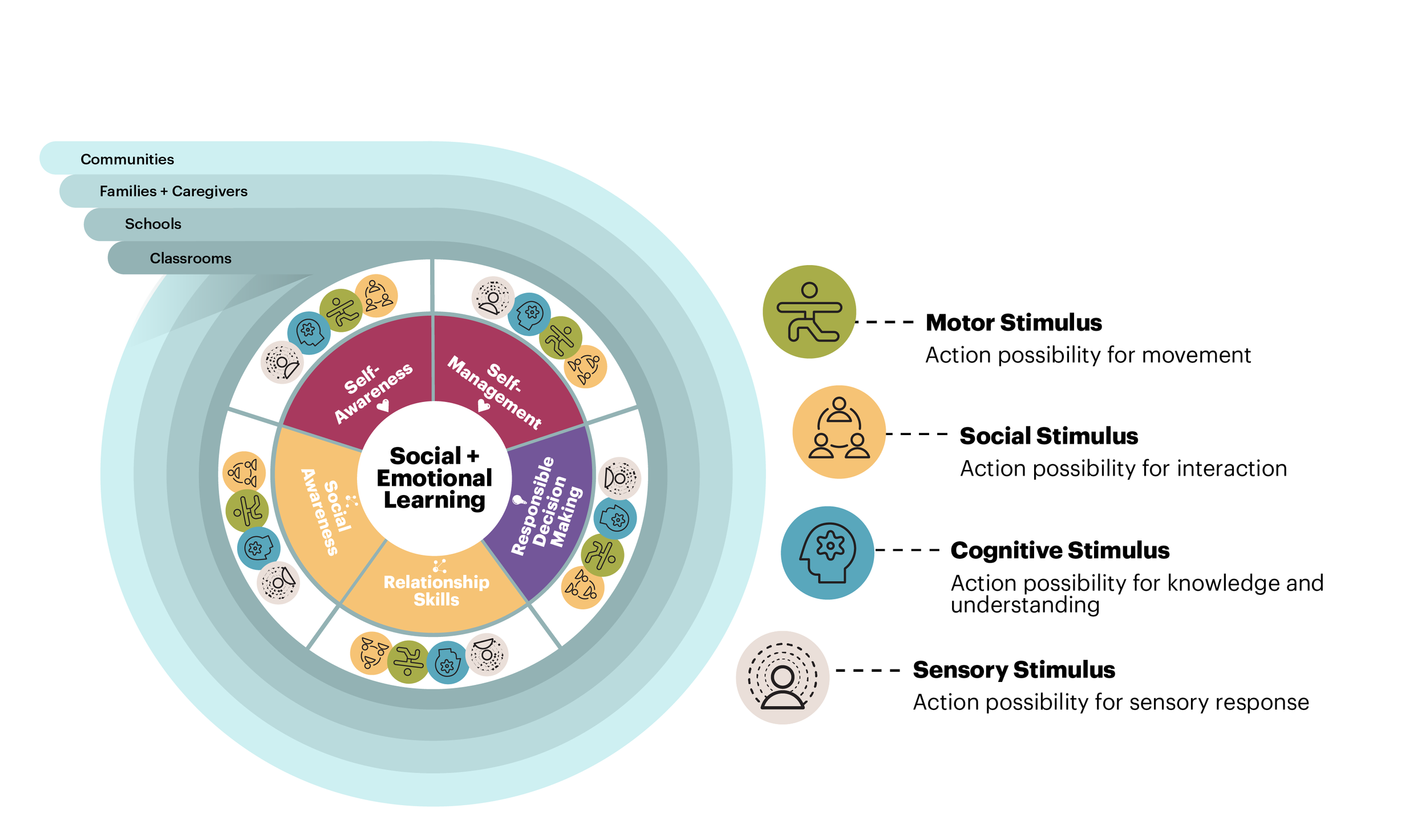Coalition for Equitable & Enriched Environments to Uplift: Impacts of School Design on Well-being, First-Gen College Readiness, and Social and Emotional Learning
A pre-post mixed methods study investigating the move of a predominantly Hispanic serving Pre-K-12 school from a dense urban setting devoid of green, open space to a new location with an open quad green setting and enriched interior affordances transform well-being, academic outcomes, and college-readiness for at-risk and first-gen students.
“I am so excited to bring together educators, researchers, and designers on this project to investigate big questions around how the design of the built environment contributes to equitable student enrichment.”
Dr. Renae Mantooth (PI)
Investing in and supporting minoritized youth is imperative for a more just society. Within an American context, racial and socio-economic inequalities were exacerbated by the COVID-19 pandemic, forcing negative outcomes on the well-being and upward mobility of minoritized children and adolescents (Tulsa SEED Study, 2020). In order to create a more just society, research efforts should prioritize the unique experiences of minoritized populations, so that understanding can be incorporated into the design of our buildings, systems, and social fabric. Access and attainment of education, in particular a post-secondary bachelor’s degree, is considered the minimum for entrance into the contemporary American middle class. Therefore, the Pre-K-12 education organization that is the topic of this study has invested in curriculum, advisory supports, and school buildings that pave the way to college for at-risk and future first-generation college students. We seek to understand how the design of the built environment also contributes to positive outcomes of minoritized students in parallel with existing evidence-based organizational and curricular initiatives.
The Coalition
CADRE, HKS, and Uplift Education, with the financial support of ASID Foundation have partnered to investigate the impact design has on student outcomes and engage teachers to develop a design framework that establishes strategies to cultivate social and emotional learning in K-12 education that is responsive to all learners.
ASID Foundation - The ASID Foundation Grants provide essential funding to address critical gaps in industry knowledge, advance design understanding, and transform the practice of interior design to improve lives. The 2021 grant sought research that activated diversity, equity, and inclusion in design solutions, and was made possible by the generous support of the Donghia Foundation. With recipients centered on promoting inclusivity and mental well-being in the world of education, the ASID Foundation’s 2021 grants will empower designers to create safe education settings grounded in research-based solutions for all student communities.
Uplift Education: Has adopted an SEL culture within all their teaching from primary to secondary school. Thoughtful design of the curriculum that includes 1) warm greetings, 2) emotional check-ins, 3) intentional movement, 4), mindful moments, and 5) optimism in culture are evidence-based strategies that enhance student well-being, which is reflected in better academic outcomes, preparing students to be successful in college if they choose to go in that path.
Project Goals and Purpose
There are two overarching goals of this study.
Study 1:
The first is to explore which attributes of the interior school environment support or hinder social and emotional leaning (SEL) from the perspective of K-12 teachers that implement SEL strategies and tactics in their typical pedagogical approach. Results from this study informed an SEL design guidebook that can be utilized by interior designers to design spaces that are supportive of SEL strategies and techniques.
Figure 1. An Equitable & Enriched Environments Conceptual Framework to Support SEL
Study 2:
The second goal of this study is to understand the impact the design of the physical learning environment has on student outcomes that are associated with student well-being, academic outcomes, and college readiness. Through a pre-post design, students will be surveyed and systematically observed in the old school settings and in the new school setting to measure the impact this shift in environments has on the student experience.
Figure 2. Study 2 Research Design
Interested in collaboration?
If you would like to collaborate with us, please fill out the form below and one of our staff members will get back to you.







